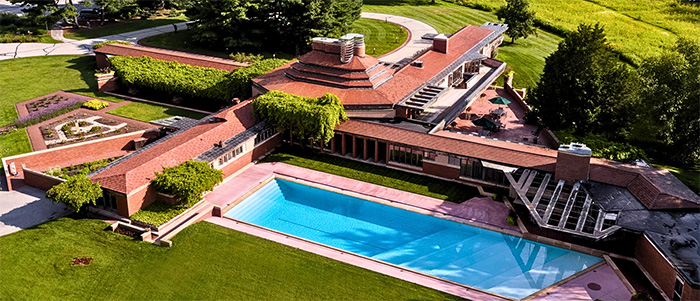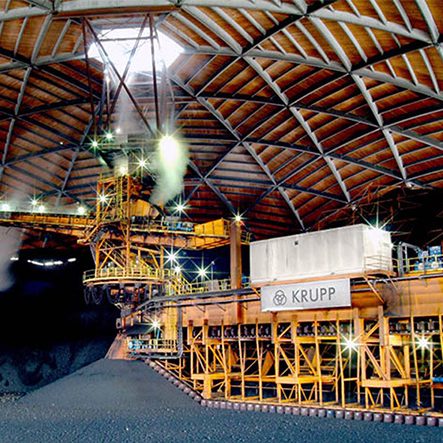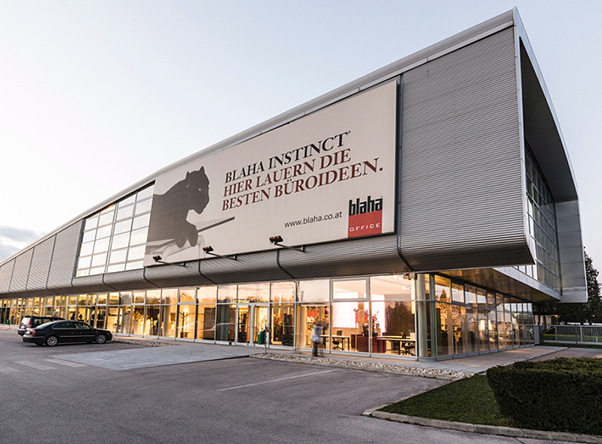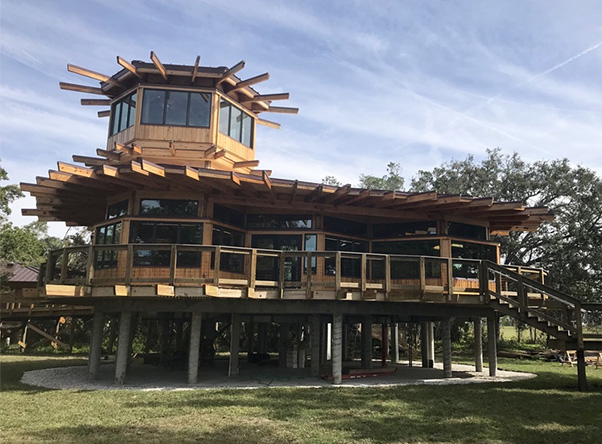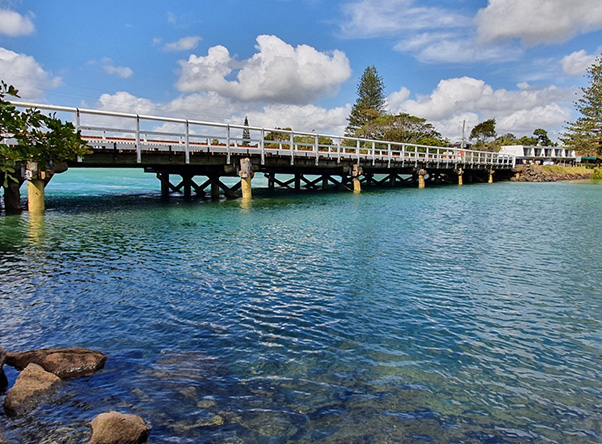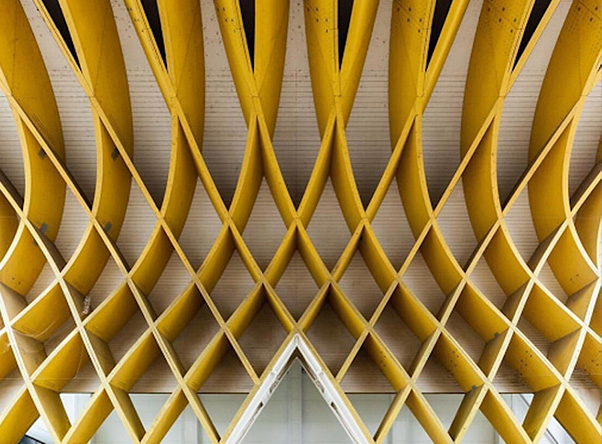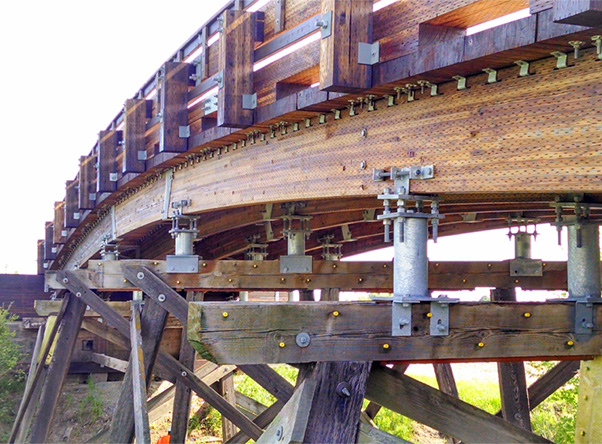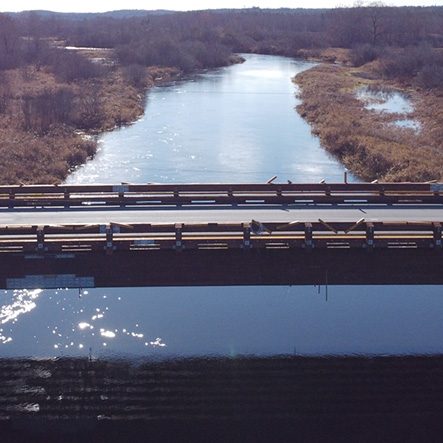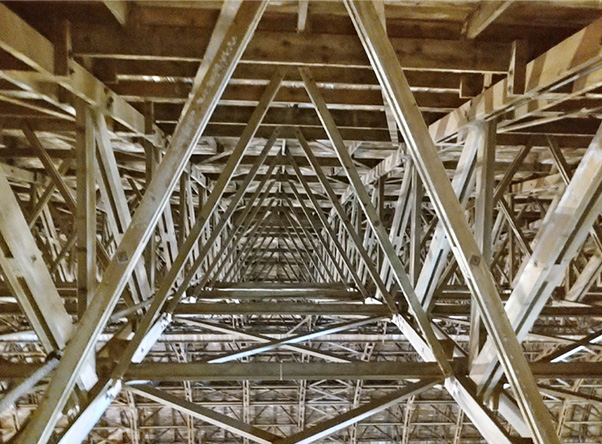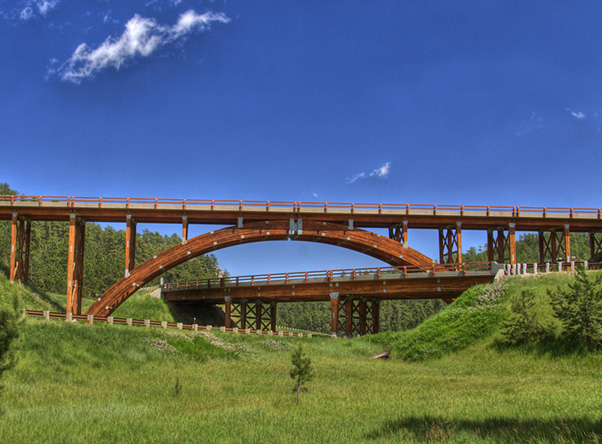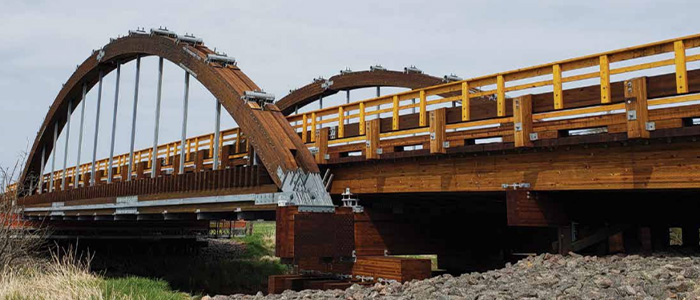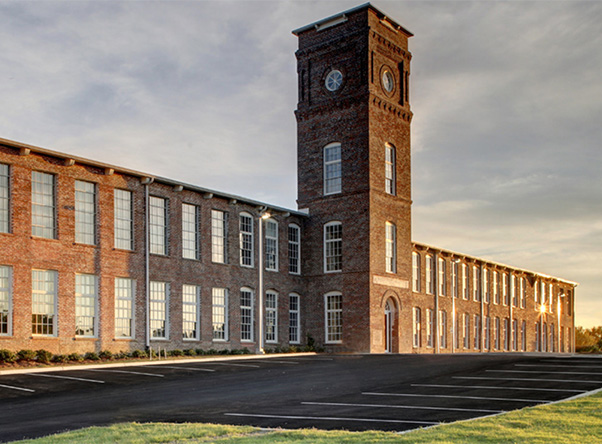YOUR TIMBER EDUCATION PARTNER
If you’re looking for continuing education credits to maintain your license; you’ve had only a class or two on wood structures, and you want to deepen your knowledge; or you’re curious to learn more about timber restoration, then we have an educational solution for you.
About our courses
We offer Level I, Level II and Level III timber structure courses in which you will learn about wood, interior and exterior, rot detection and its effects. This includes taking core samples versus sounding bore analysis and other methods of non-destructive testing techniques and equipment. Afterwards, we will show you how to prevent rot. The courses will give you professional development hours along with a certification as a Level I, II or III Timber Bridge Inspection and Retrofit Technician. Our courses can be tailored to suit your individual or company training needs.
Uniquely Experienced Instructor
Dr. Tingley has taught over 50 courses. His experience, passion and methods are second to none.
Intensive Training
The knowledge you gain from these courses will allow you to immediately inspect, restore, and add years of life to your timber structures.
Immediate Feedback
Ask about your timber structure project. Get answers that are relevant to your job. Giving interactive and hands on answers to your questions.
Course Catalog
If you’re just getting started, then course levels one and two are your ideal place to start. Level three combines information from both levels one and two, and adds deeper knowledge for a robust and complete timber education.
You can learn more about each offering below. If you have any questions, don’t hesitate to reach out to our team. We’re your timber advocates and educators, and we’re here to help.
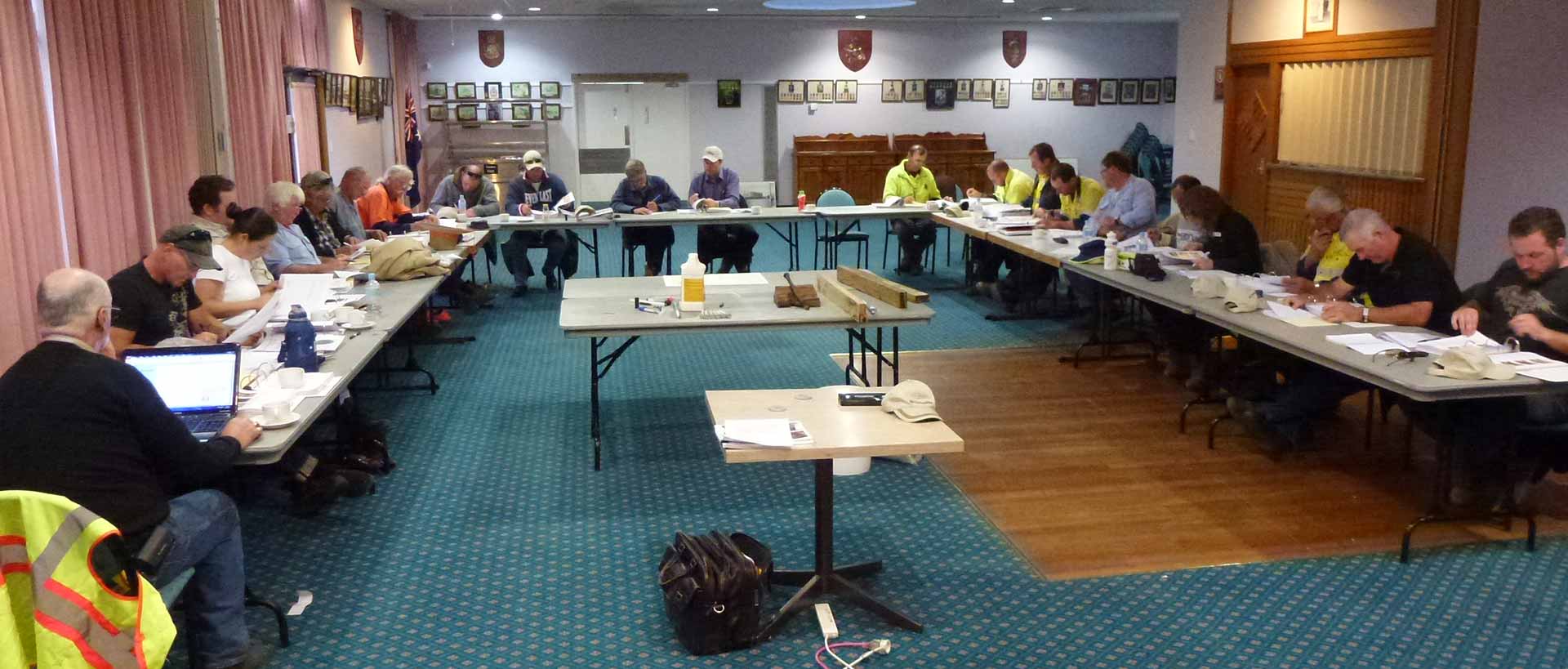
Level I
Overview of maintenance methods and inspection techniques
In this course, we cover wood deterioration, fungal rot and finding and preventing it, causes of rot, interior rot detection, visual inspections, finding moisture levels, and our unique methods of non-destructive testing.
Refurbishment of existing wood structures
See why restoring a structure using high-strength fibers and polymers, as well as our preservation techniques can restore timber structures up to 75 years.
Assessment of timber structures
Doing an assessment of the structure shows us how much weight it can carry before collapsing. Obviously, you can’t drive on a broken bridge.
Advanced bridge maintenance techniques
Using connectors instead of fasteners, preventing moisture from entering. We treat cut parts of a beam to prevent rot and we treat rot itself in order to stop it. We also have fixes for wood expansion due to moisture content and removing it, and rot prevention methods.
Non-destructive testing
The non-destructive testing gives us a 360 degree angle view of the structure and identifies rot inside. Our understanding of how a timber structure ages is a key part of how we determine a structure’s health. Wood cracks and splits because it’s a natural way of letting out moisture. This does not lower the strength.
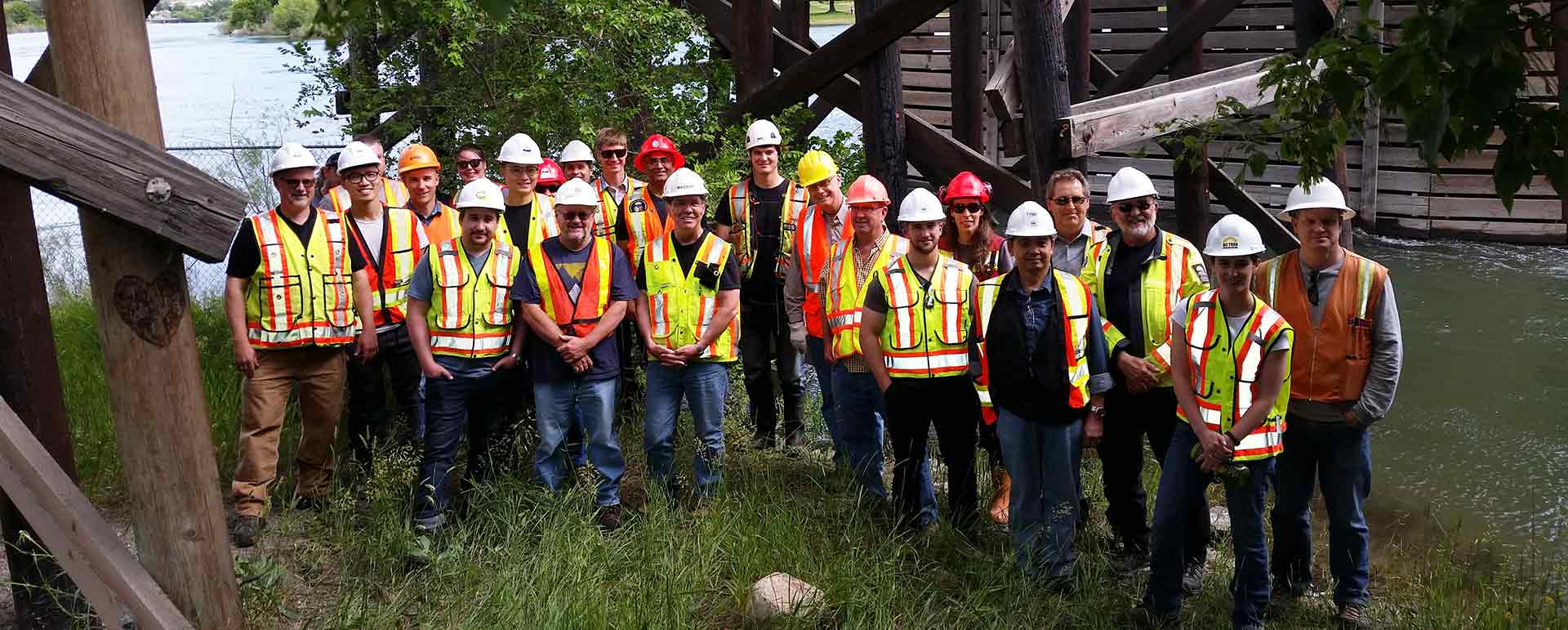
Level II
Level II Certification Timber Structure Course
Overview of inspection techniques and retrofit methods
Our level II courses show common things that cause rotting in timber structures and how to find rot from natural causes early. How do trees grow? How wood forms? These questions may sound silly and ignorant, but they are very important and will be answered in our course.
Overview of assessment techniques
Using case studies, we dive deeper into the weight capacity of a structure and how to correctly check its health and how much weight is safe to be put on it.
Overview of the restoration of existing wood structures
Once the health has been determined, you can begin to make a restoration plan. We’ll show you how to save a wooden structure with on-site repairs to increase the structure’s life another 75 years.
Tour local bridges
There will be a tour of a local timber bridge for real examples of what you’ve been taught. This also shows you the accuracy of our testing and methods.
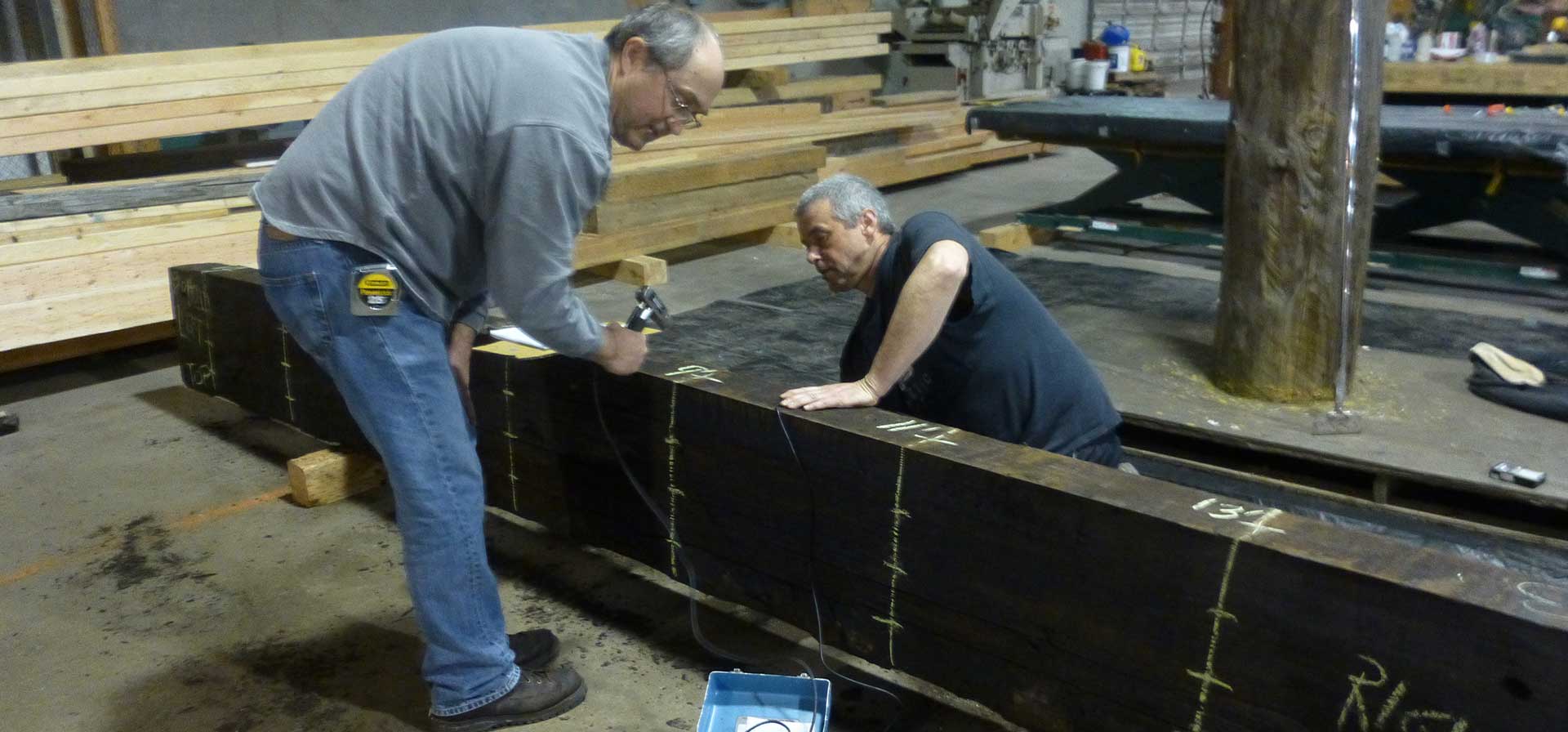
Level III
Introduction to reinforced glue-laminated timber
We introduce you to glue-laminated timber (Glulam). What is it and what does it do? We show you why it is stronger and lasts longer than steel and concrete.
FiRP® glulam development, design methodology, and compression-based design model
Our glulam beams are developed with Kevlar which is used to make bulletproof vests. Glulam is used in all of our timber structures. There’s a reason for it and we’ll show you why.
FiRP® glulam case studies
We will go over some case studies of structures built with our glulam beams, how long they’ve been standing, and how much longer they will be. Hint: a long time.

